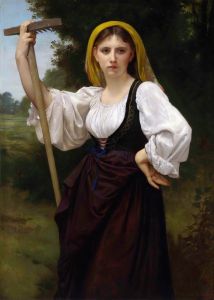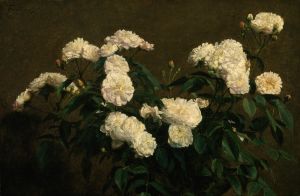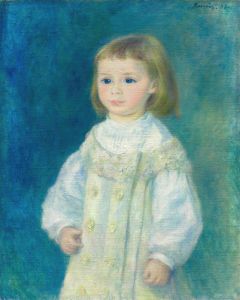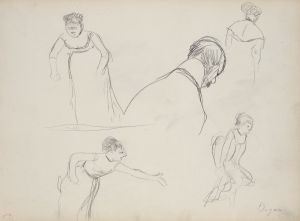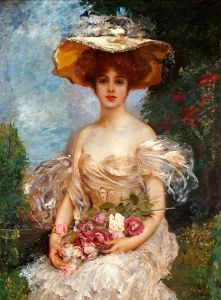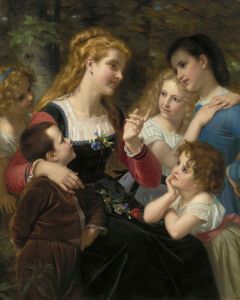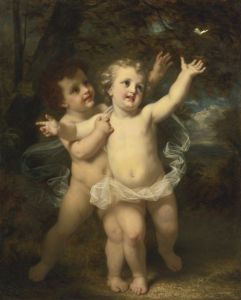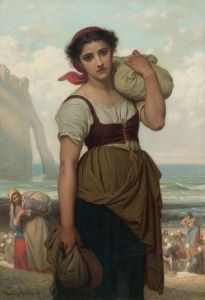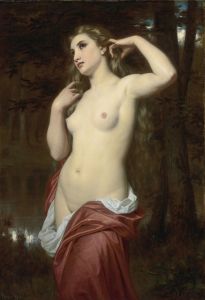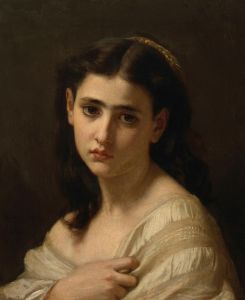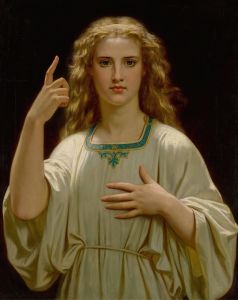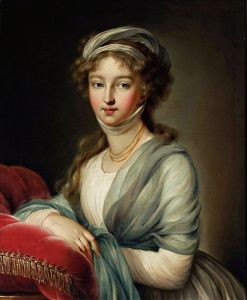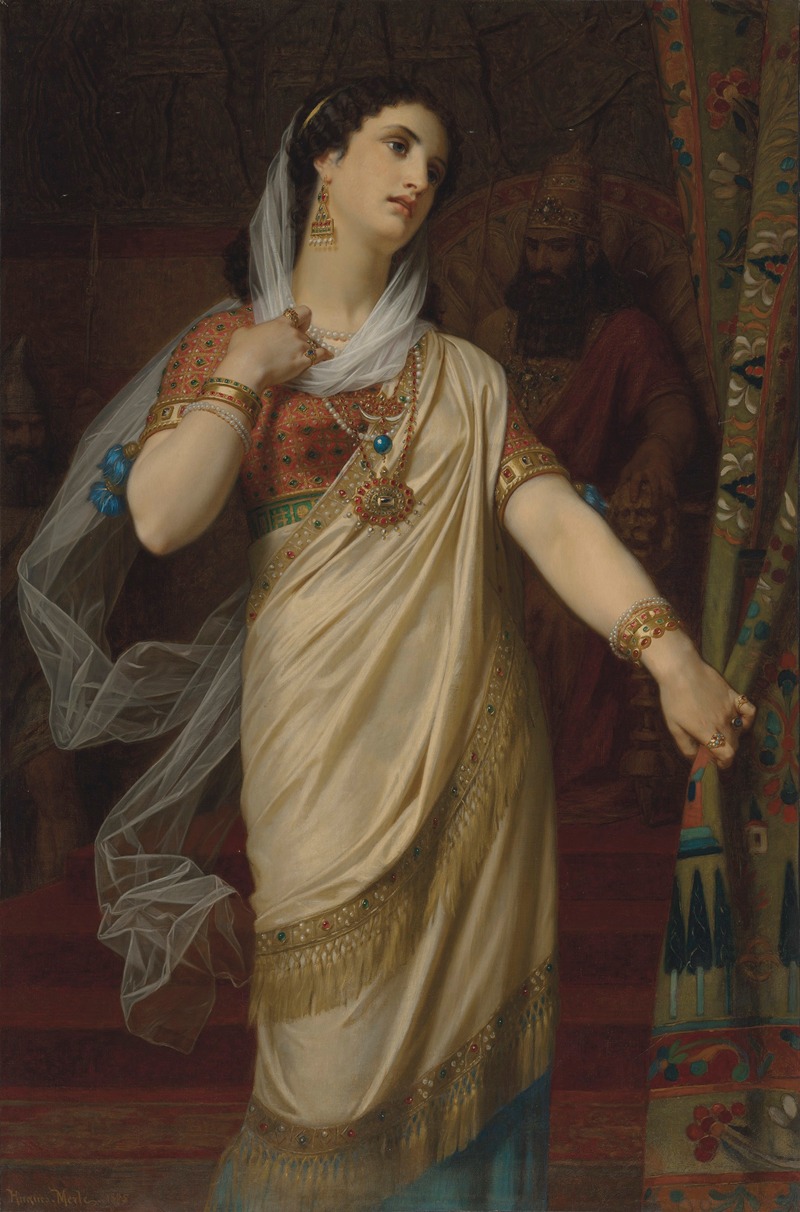
Esther
A hand-painted replica of Hugues Merle’s masterpiece Esther, meticulously crafted by professional artists to capture the true essence of the original. Each piece is created with museum-quality canvas and rare mineral pigments, carefully painted by experienced artists with delicate brushstrokes and rich, layered colors to perfectly recreate the texture of the original artwork. Unlike machine-printed reproductions, this hand-painted version brings the painting to life, infused with the artist’s emotions and skill in every stroke. Whether for personal collection or home decoration, it instantly elevates the artistic atmosphere of any space.
Hugues Merle's painting "Esther" is an exemplary work of 19th-century French art, reflecting the artist's skill in capturing historical and biblical themes with emotional depth and technical precision. Hugues Merle, born in 1823 and deceased in 1881, was a French painter known for his genre scenes and portraits. He was often compared to his contemporary, William-Adolphe Bouguereau, and was recognized for his ability to depict the human form and emotion with great sensitivity.
The painting "Esther" depicts the biblical figure Esther, a Jewish queen of the Persian king Ahasuerus, traditionally identified with Xerxes I. The story of Esther is recounted in the Book of Esther in the Hebrew Bible, where she is portrayed as a heroine who saves her people from a plot to destroy them. This narrative has been a popular subject in art due to its themes of bravery, identity, and divine providence.
Merle's "Esther" captures a moment of introspection and resolve, likely reflecting the critical point in the story where Esther decides to approach the king unsummoned, risking her life to plead for her people. The painting is characterized by its attention to detail, particularly in the rendering of Esther's garments and the expression on her face, which conveys a sense of determination and contemplation.
The composition of the painting is carefully arranged to focus the viewer's attention on Esther. Merle employs a soft color palette, which enhances the serene yet solemn atmosphere of the scene. The use of light and shadow in the painting is particularly noteworthy, as it highlights Esther's face and hands, drawing attention to her emotional state and the gravity of her decision.
Hugues Merle's work, including "Esther," is often associated with the academic art movement, which emphasized traditional techniques and subjects. His paintings were well-received during his lifetime, and he exhibited regularly at the Paris Salon, the official art exhibition of the Académie des Beaux-Arts in Paris. Merle's ability to convey complex emotions and narratives through his art made him a respected figure in the art community of his time.
"Esther" is a testament to Merle's skill in combining historical and religious themes with a personal, human touch. The painting not only reflects the story of Esther but also serves as an example of 19th-century French painting, where artists sought to balance realism with idealism. Through his depiction of Esther, Merle invites viewers to reflect on themes of courage, sacrifice, and faith.
While specific details about the provenance or current location of "Esther" by Hugues Merle may not be widely documented, the painting remains an important part of his oeuvre and contributes to the broader understanding of biblical representation in art. Merle's "Esther" continues to be appreciated for its artistic merit and its ability to convey timeless themes through the medium of painting.





